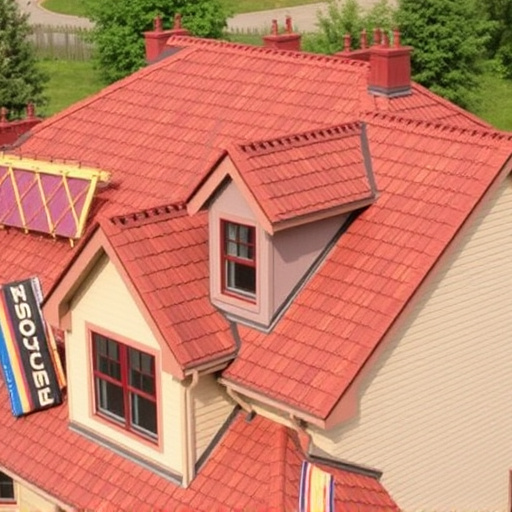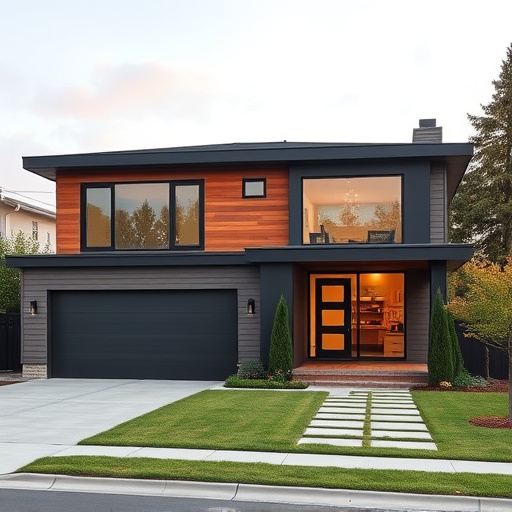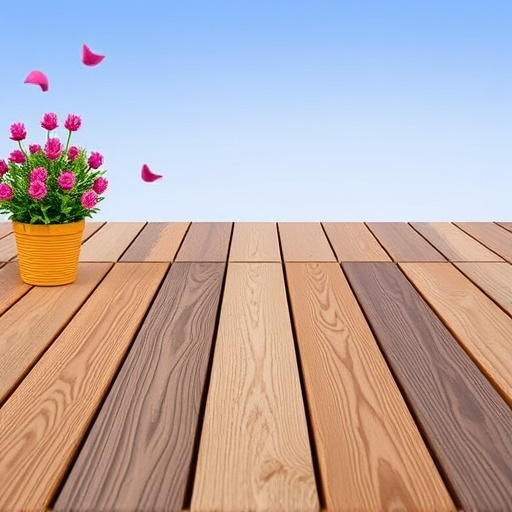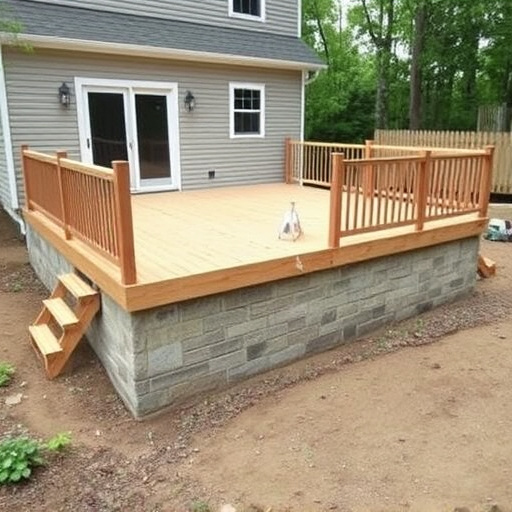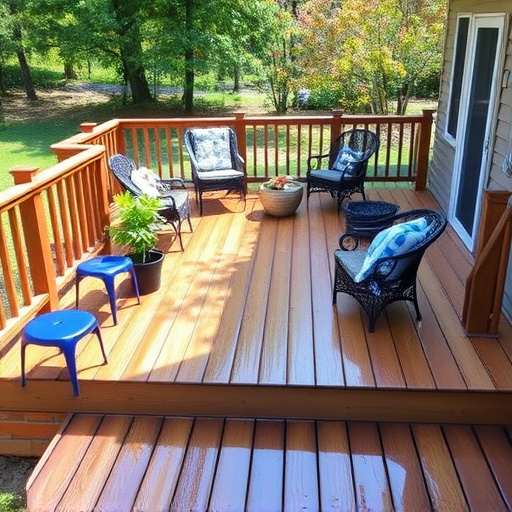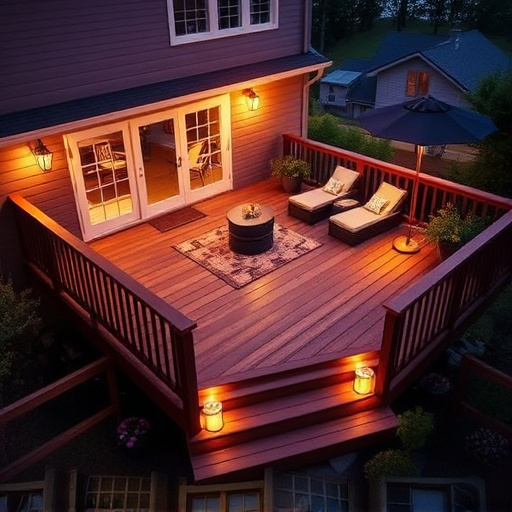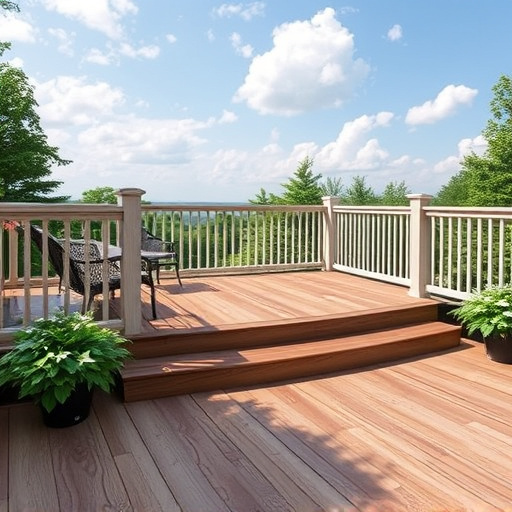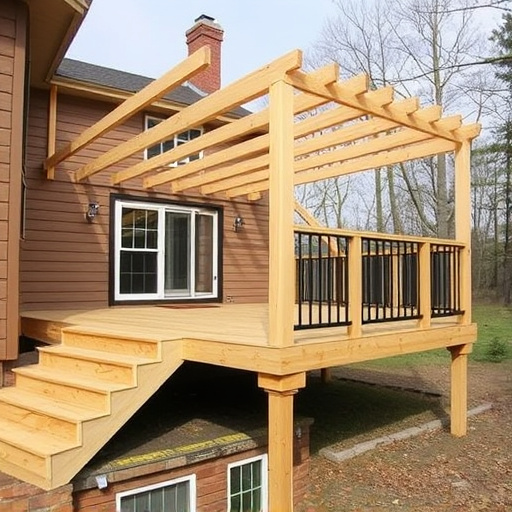A multi-level deck's design should balance visual equality and cohesiveness through even distribution of focal points, harmonized material choices for a seamless blend with nature, strategic layout for natural flow and functionality, and integration of benches for gathering spots, creating an inviting outdoor retreat suitable for various activities.
Elevate your outdoor space with a multi-level deck—a versatile addition that offers both functionality and aesthetic appeal. In this guide, we explore essential landscaping tips to create cohesive and inviting environments. From balancing visual weight across levels to harmonizing materials and optimizing traffic flow, these strategies ensure your multi-level deck becomes the heart of your outdoor living. Discover how to transform your deck into a harmonious, accessible, and stunning oasis.
- Balancing Act: Creating Equal Visual Weight Across Levels
- Harmonizing Materials: Choosing Complementary Textures and Colors
- Flowing Traffic: Efficient Layout for Multi-Level Access
Balancing Act: Creating Equal Visual Weight Across Levels
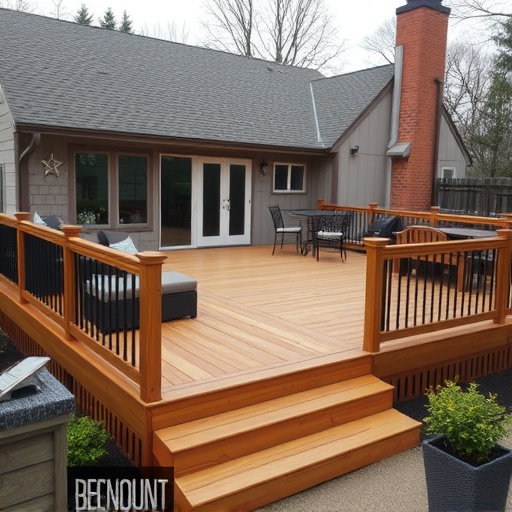
A multi level deck is a fantastic way to enhance your outdoor living space, but achieving harmony across different levels can be a delicate balancing act. When designing or reconfiguring your deck, aim for visual equality to create a cohesive and inviting atmosphere. This involves considering both the height and layout of each level. For instance, if one section stands higher than others, compensate by adjusting the placement of furniture or plants to maintain an even aesthetic.
One effective strategy is to distribute focal points evenly across all levels. Whether it’s a comfortable seating area, a charming garden feature, or a stylish outdoor lighting setup, ensure each level has its own unique draw while maintaining balance. This approach not only creates visual interest but also encourages patrons to explore every section of your multi level deck, fostering a more connected and enjoyable outdoor experience. Remember, the key is to strive for equal visual weight, making each level feel integral to the whole, even in the midst of varying heights.
Harmonizing Materials: Choosing Complementary Textures and Colors
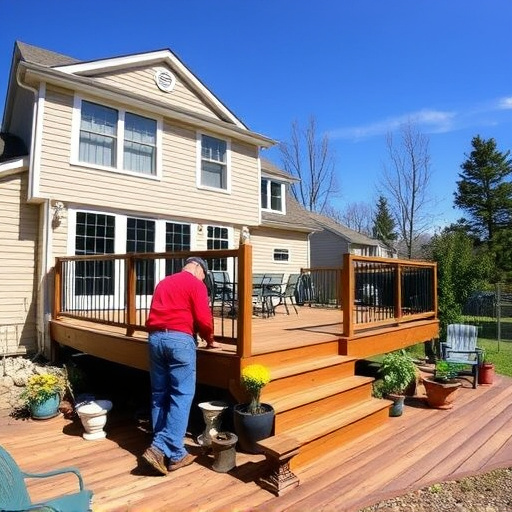
When designing a multi-level deck, paying attention to material harmony is key to creating cohesive outdoor living space. Complementary textures and colors can tie the entire area together while enhancing its overall aesthetic appeal. For instance, pairing natural wood decking with wooden or vinyl pergolas creates a harmonious look that blends seamlessly with the surrounding landscape.
Incorporating professional siding or residential roofing materials strategically can further strengthen this cohesion. A uniform color scheme or subtle texture match between these elements and the deck contributes to a well-designed, visually pleasing outdoor environment. This attention to detail ensures that your multi-level deck not only serves its practical purpose but also becomes a stunning addition to your home’s overall curb appeal, potentially increasing property value.
Flowing Traffic: Efficient Layout for Multi-Level Access
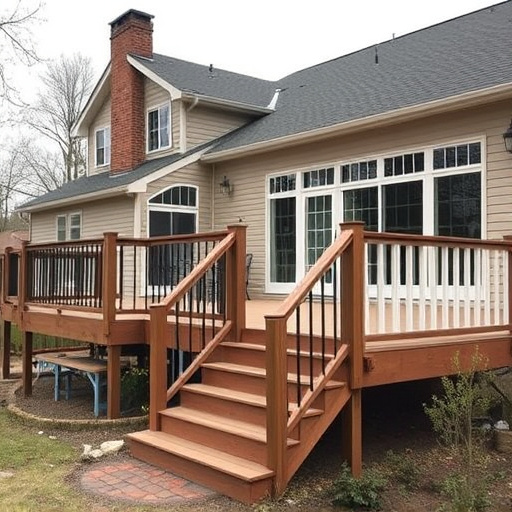
Creating a seamless flow between different levels of your multi-level deck is essential for both functionality and aesthetics. A well-planned layout ensures that movement across the space feels natural, guiding users from one area to another without any obstacles or abrupt changes in elevation. This can be achieved through thoughtful design elements such as gradual transitions, consistent material usage, and a logical arrangement of seating areas and pathways. For instance, using similar materials for both the deck surface and surrounding siding services creates visual continuity, while strategically placed lighting can help maintain a smooth flow even after dark.
Efficient traffic flow is particularly crucial in multi-level deck spaces, where residents and guests navigate between different entertaining zones or outdoor living areas. A balanced layout that considers the natural movement of people can enhance the overall usability of the space. For residential siding, integrating functional elements like benches or built-in seating into the design not only adds comfort but also provides opportunities to break up traffic patterns and create cozy gathering spots. This strategic planning ensures that your multi-level deck becomes a cohesive outdoor retreat, catering to various activities and social interactions throughout the year.
Creating a cohesive multi level deck involves careful planning and attention to detail. By balancing visual weight, harmonizing materials, and optimizing traffic flow, you can transform your outdoor space into a beautifully integrated environment. Incorporate these landscaping tips to elevate your multi level deck into a stunning and functional area that seamlessly blends with your property’s overall design.




